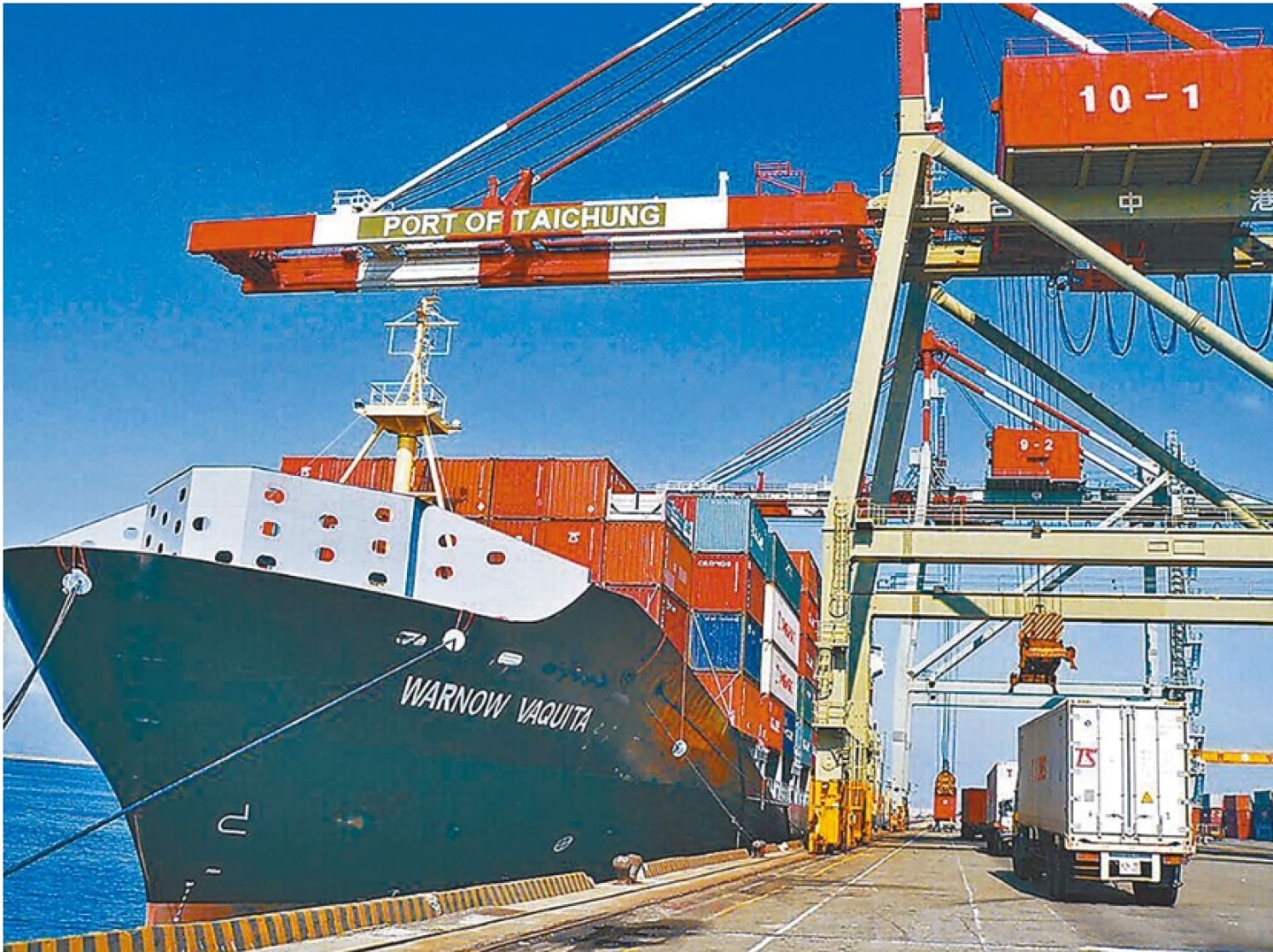
After De-Sinicization, Whither Is Taiwan's Economy Bound
By Yin Chi-ming
China Times, January 27, 2024
In 2021, Taiwan's exports to mainland China grew by 24.8 percent, constituting 42.3 percent of Taiwan's total exports and driving an overall export growth of 29.8 percent. This contributed to the highest economic growth record of 6.62 percent during the eight years under the administration of President Tsai Ing-wen.
However, by 2023, Taiwan's exports to mainland China experienced a significant decline of 18.1 percent, comprising 35.2 percent of Taiwan's total exports and leading to a 9.8 percent decline in overall exports. The economic growth estimate plummeted to a historic low of 1.42 percent in eight years. This indicates that the economic performance of the Tsai administration over eight years can be summarized as: "the success or failure of Taiwan’s economy rests on China." The ruling Democratic Progressive Party's (DPP) persistent pursuit of the "de-Sinicization" policy is evident as it comes at the expense of Taiwan's economic well-being.
On New Year's Day, President Tsai mentioned in her address that Taiwan's industries have moved towards the world, gradually breaking away from the traditional path of “entering China first, and then reaching out to the world.” It is unclear which advisor provided such information to President Tsai, as it seems misleading given the reality of the past eight years.
Over the past eight years, Taiwan's export share to mainland China has increased from 39.5 percent in 2015 to a historical high of 43.9 percent in 2020. The trade surplus with the mainland also rose from $65.7 billion in the past to a new high of $100 billion in 2021 and 2022. It was only last year, when both exports and imports to China declined simultaneously, that Taiwan's export share to China saw a significant decrease. However, the mainland remains Taiwan's most crucial export market, and the notion of "breaking away from the path of entering China first, and then reaching out to the world" seems unfounded.
The above facts illustrate that over the 8 years under the Tsai administration’s governance, Taiwan's economic and trade orientation still leans heavily towards mainland China. The cost of de-Sinicization is the decline of Taiwan’s economic growth. In an era of global supply chain shifts and flourishing regional economic integration, the policy of de-Sinicization further places Taiwan's industrial development in a challenging position with no way out.
Oxford Economics recently released a research report titled "The Deglobalization Myth: How Asia's supply chains are changing," analyzing global trade in intermediate goods (components, raw materials) from 2018 to 2022. The study revealed several findings:
- Expansion of Globalized Supply Chains: The report found that globalized supply chains continue to expand. There is no significant trend towards nearshoring, and the proportion of cross-regional procurement is still increasing.
- China's Shifting Import Partners: While the mainland is decoupling from the United States and Japan, its import share has significantly increased with countries such as Germany, the United Kingdom, Australia, and Brazil.
- Diversification in Asian Supply Chains: Hotspots of diversification have emerged in Asian supply chains, including Vietnam, Indonesia, Taiwan, Australia, and others. The formation of these hotspots is attributed to three main factors: high-precision manufacturing capabilities, attractive environments for foreign investment (such as participation in free trade agreements), and abundant natural resources. Taiwan, specifically, has become a hotspot in the semiconductor supply chain.
These findings demonstrate that in the rapidly changing global economic environment, multinational corporations' global supply chain management is evolving from the "China +1" strategy to "China +2, +3." The diversification of supply chain hotspots in Asia reflects a strategic response to mitigate risks and enhance resilience in the face of economic uncertainties.
At the beginning of this month, the Boston Consulting Group published a paper that found the increasing focus on supply chain resilience makes more countries encourage their domestic manufacturing. Regional economic integration, facilitated by trade blocs, such as the Comprehensive and Progressive Agreement for Trans-Pacific Partnership (CPTPP), Regional Comprehensive Economic Partnership (RCEP), European Union (EU), and United States-Mexico-Canada Agreement (USMCA), plays a more significant role in enhancing the resilience of supply chains. For example, the U.S. "Buy American" policy, as outlined in the proposed "Inflation Reduction Act," will utilize government subsidies to encourage purchasing American-made goods. It has been amended to include Canada and Mexico under the umbrella of "Buy North American."
Taiwan's economy cannot solely rely on the semiconductor industry, especially given its ongoing relocation overseas. Moreover, continuing the implementation of the de-Sinicization policy causes Taiwan to lose access to the mainland Chinese market. Simultaneously, the inability to join regional economic integration hampers Taiwan's foreign investment from driving domestic exports. Additionally, with no emergence of new leading industries in the past eight years, Taiwan's economy and local industries do face uncertainty and unpredictability. Where are Taiwan’s economy and domestic industries headed? The incoming administration should provide the answers.
The author formerly served as Minister of Economic Affairs (2008-2009) and Minister of the Council for Economic Planning and Development (2012-2013).
From: https://www.chinatimes.com/newspapers/20240127000439-260109